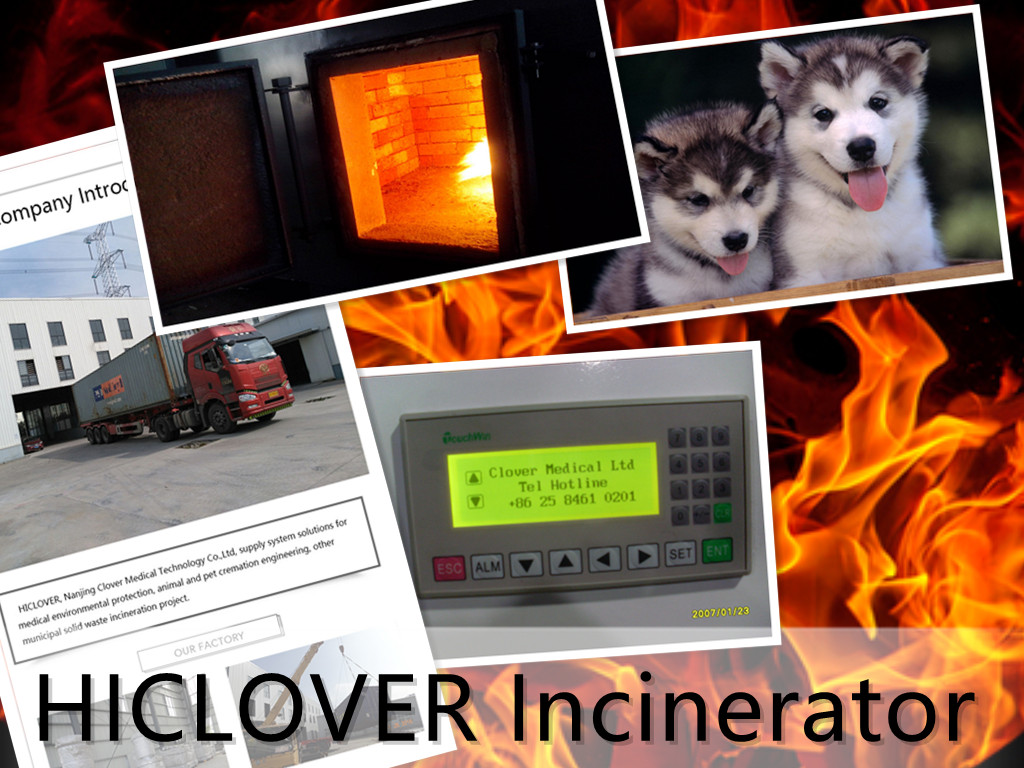Hazardous waste incinerators play a crucial role in the safe disposal of dangerous and toxic materials. These facilities utilize cutting-edge technology to efficiently and effectively eliminate hazardous waste, reducing environmental impact and protecting public health. Let’s explore the technology behind these complex and essential waste management systems.
Hazardous waste incineration involves the combustion of materials that pose a significant risk to human health and the environment. These materials can include hazardous chemicals, pharmaceutical waste, industrial byproducts, and even medical waste. Incinerators are designed to subject these materials to high temperatures in a controlled environment, ultimately converting them into inert substances, such as ash and gases, that are safer to handle and dispose of.
One of the key technologies utilized in hazardous waste incinerators is the use of high-temperature burners and secondary combustion chambers. These burners are capable of reaching temperatures of over 1,000 degrees Celsius, effectively breaking down complex organic compounds and reducing hazardous waste to its basic elements. Secondary combustion chambers then ensure that any remaining volatile organic compounds and toxic gases are completely oxidized, further reducing the potential for environmental contamination.
Another critical component of hazardous waste incineration technology is the air pollution control system. These systems are designed to capture and neutralize hazardous emissions, such as dioxins, furans, and heavy metals, before they are released into the atmosphere. This is typically achieved through the use of scrubbers, filters, and catalytic converters, which facilitate the removal of harmful particles and gases from the incinerator’s exhaust.
In addition to air pollution control, waste management facilities also prioritize the safe handling and storage of residues generated during the incineration process. This can include the treatment and disposal of ash, as well as the proper management of any byproducts, such as scrubber sludge or contaminated water. Advanced technologies, such as thermal treatment and chemical stabilization, are often employed to further minimize environmental risks and ensure compliance with regulatory requirements.
Furthermore, many hazardous waste incinerators are equipped with state-of-the-art monitoring and control systems, which provide real-time data on key process variables, such as temperature, pressure, and gas composition. These systems allow operators to continuously optimize the incineration process, ensuring maximum efficiency and minimal environmental impact. Additionally, advanced instrumentation and automation help minimize human intervention, reducing the potential for errors and ensuring safe and reliable operation.
As environmental regulations become more stringent and public awareness of hazardous waste management increases, the technology behind hazardous waste incinerators continues to evolve. Innovations in combustion control, emissions monitoring, and waste treatment have paved the way for safer and more sustainable waste disposal practices. Additionally, ongoing research and development in areas such as energy recovery and resource conservation promise to further improve the overall efficiency and environmental performance of hazardous waste incineration.
In conclusion, the technology behind hazardous waste incinerators has significantly advanced in recent years, enabling facilities to effectively and responsibly manage hazardous materials. With a strong focus on efficient combustion, pollution control, and waste management, these facilities play a critical role in protecting human health and the environment. As technology continues to evolve, hazardous waste incinerators will remain an essential tool in the safe disposal of hazardous materials for years to come.



